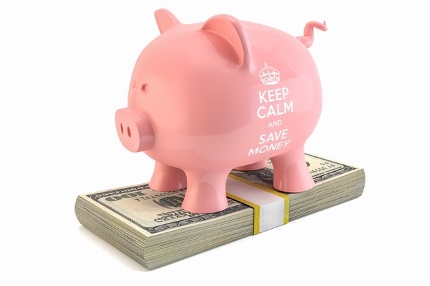Enough is enough.
I get it—European bankers are crooks, thieves, and charlatans. The European Central bank has made a mess of everything. The bankers take too many naps and spend too long on vacation.
What difference does it make anyway?
The Europeans who don’t sweat to death this summer will freeze to death when Putin turns off the gas this winter.
I am sure if I tried, I could give you an even longer list of reasons not to buy European bank stocks.
However… they are so cheap we have to buy them. I am seeing high-quality financial institutions that are profitable and have solid balance sheets and clean loan portfolios trading at a ridiculous multiples of book value.
European bank stocks are the cheapest they’ve been since the Great Financial Crisis, and they are definitely in better financial shape than they were back then.
Let’s take a look at three of my favorite European banks to buy right now…

France’s Crédit Agricole S.A. (CRARY) owns one of the largest retail banks in France. They also have an online bank, wealth management, and insurance programs, as well as an investment bank.
I just went through Crédit Agricole’s latest quarterly results, and the bank is doing very well this year. Net income in the latest quarter was up over 18% as revenues increased and the cost of risk dropped substantially.
Cost of risk is a measurement of the total costs, including losses, risk control costs, risk financing costs, and administration costs associated with the risk management function, as compared to a business’s sales, assets, and the number of employees.
Crédit Agricole has a return on tangible equity of 13.9% right now, which compares very favorably with some of the top-performing U.S. banks. J.P. Morgan (JPM), for example, has a return on equity of 14.6%, and Bank of America (BAC) has just 10.9%.
The loan portfolio is in good shape, and the bank has more than enough reserves to cover potential loan losses.
The fact that this bank is trading for 61% of tangible book value is ridiculous.
The company pays a dividend once a year based on profits for the year. Earlier this year, this stock paid $0.56; if the second half of this year is as good as the first half, they could pay that or more, giving the shares a double-digit yield at current prices.
Pre-pandemic, this bank traded at more than twice the current price, and it should trade back up to that level very quickly now that the European Central bank is raising rates.
Société Générale Société (SCGLY) has had a bumpier ride as they exited their Russian operations. While it got a bit ugly, it was not as bad as many feared.
Looking at results for the second quarter, ex-Russia business was perfect for Société Générale. Profits were up slightly compared to last year and came in at more than double what the analysts were expecting the bank to make for the quarter. Performance was strong across the board, with the insurance and financial services division seeing its activity increase by 19.4% over the quarter, to €2.2 billion. In addition, the leasing and vehicle fleet management business posted a record net banking income up 53% yearly.
Société Générale also pays a solid dividend, and I expect to see another strong number when the payout is announced in early 2023. And yet shares of the bank are trading for just eight times earnings and a ludicrous 31% of tangible book value.
Finally, Barclays Bank (BCS) in the United Kingdom has had as rough a couple of years as anyone in the banking business. In addition to the problems associated with pandemics, Barclays has shot itself in the foot several times with regulatory and trading mistakes.
Those mistakes hide the strong performance of the actual business of Barclays. The bank’s investment banking division recently reported 35% year-over-year growth in income.
The fixed income, commodities, and currency trading desk saw income grow by 71% in the quarter as well.
Equities trading profits climbed by over 80%.
Barclays shares pay a semiannual dividend; if the payout is in line with last year, the yield will be about 5%.
The stock is trading for less than six times earnings and about 45% of tangible book value.
It may be a rocky road with inflation and recession headlines, but current valuations are creating an opportunity for patient-yet-aggressive investors to make an enormous amount of money.
But I’m eyeing another, even better way to invest in opportunities like this…
A way that lets you pay less, earn higher dividends, and lock in even more gain potential. Right now, I’m using sitting on 5 double-digit opportunities using this little-known strategy.
Best part is, it beats the market 2-to-1 without having to use options or anything complicated like that! Click here to see it all for yourself.





